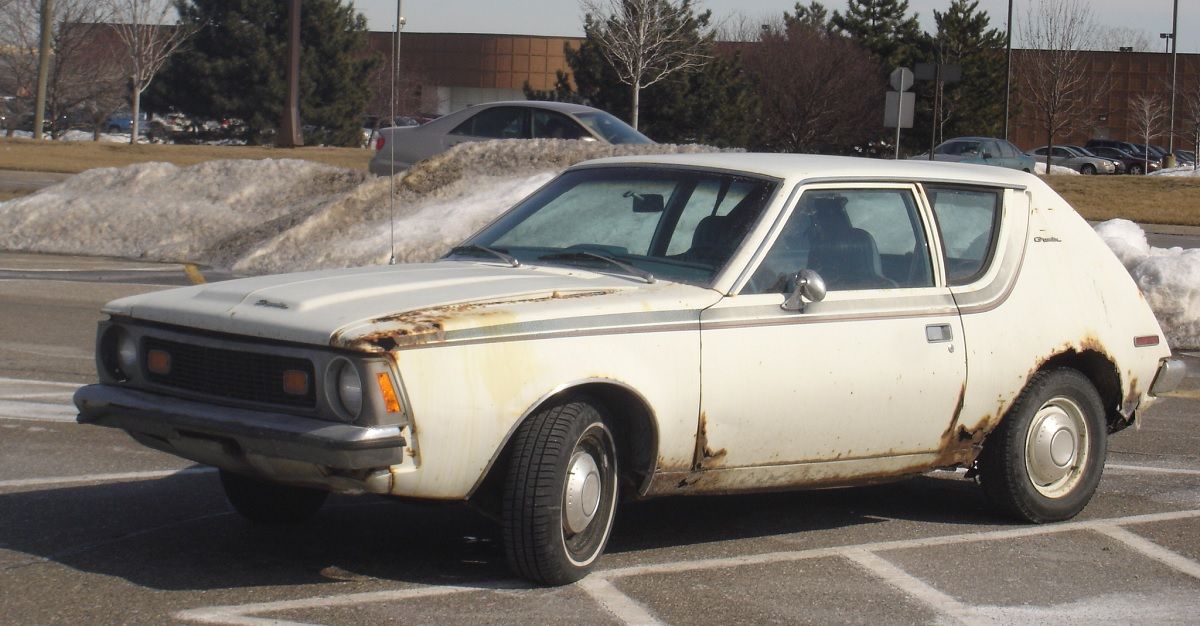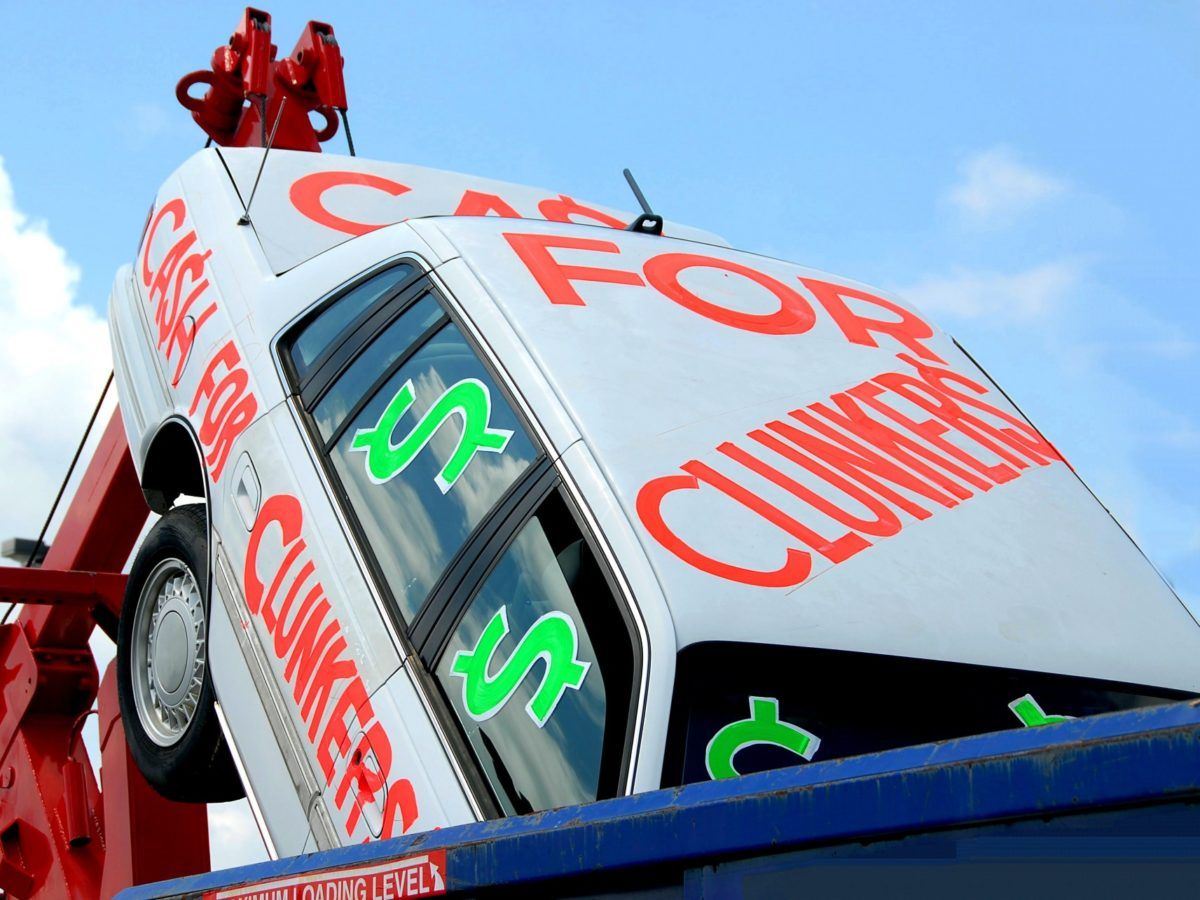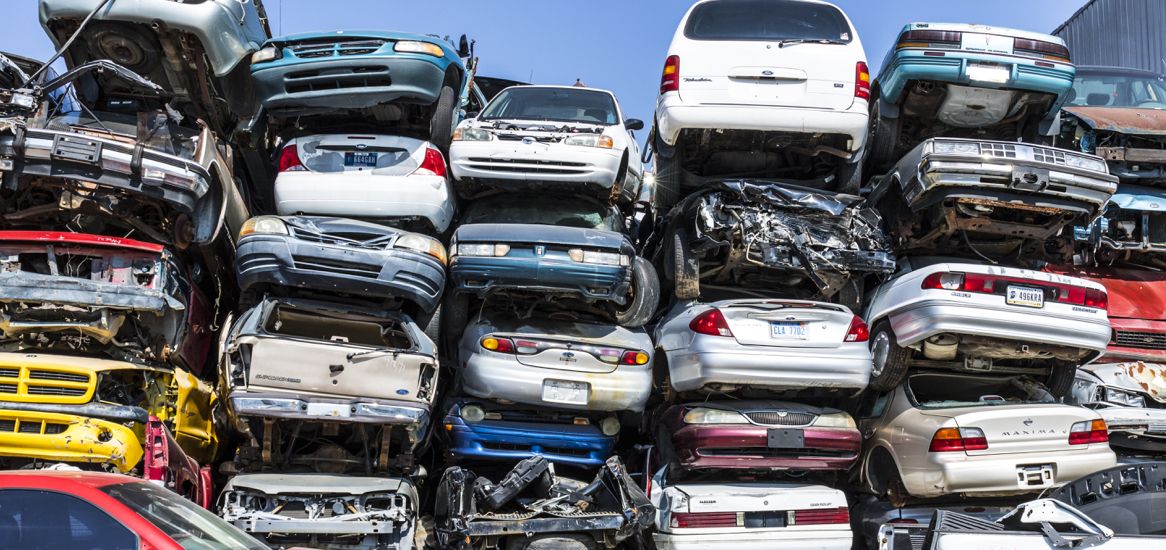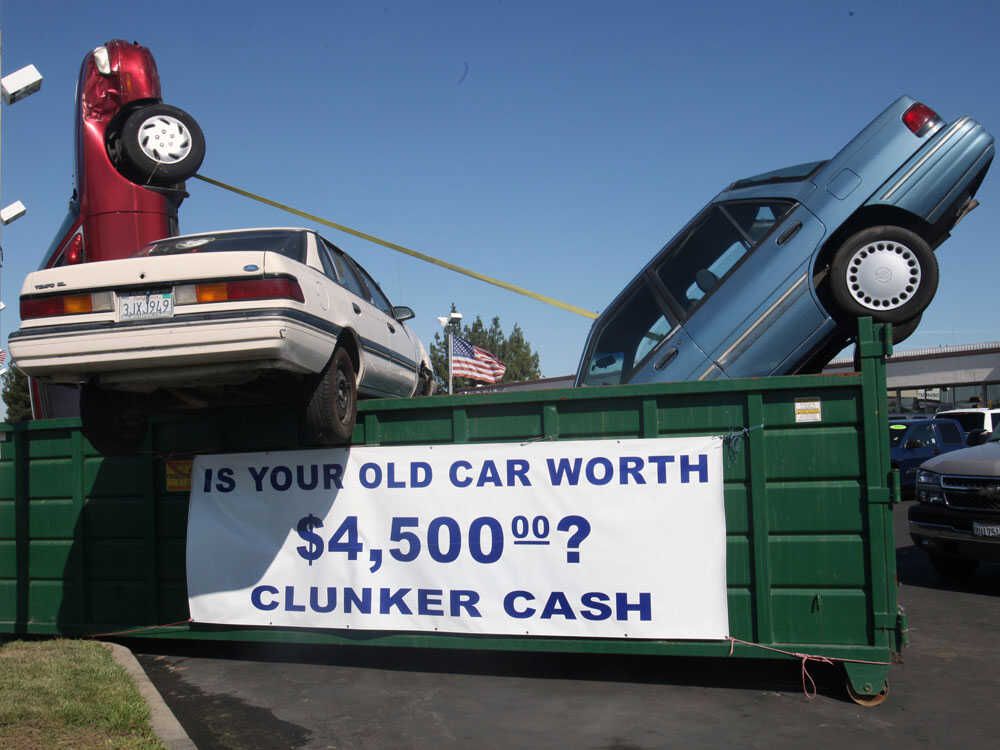It’s no secret that the car industry is a big player in the U.S. economy, and Cash for Clunkers offered a massive stimulus to the struggling auto industry when it was first introduced in 2009. Cash For Clunkers was the official name of an economic stimulus program launched by the United States government in 2009 as part of the American Recovery and Reinvestment Act.
It aimed to stimulate automobile sales, which fell off sharply due to the late-2000s recession and its aftermath. The program ran from July 2009 through October 31, 2009 and gave consumers rebates of up to $4,500 if they traded in their old car for a new, more fuel-efficient vehicle made after 2006.
To find out more about this fascinating bit of history that’s so relevant today. Here is a brief history of the Cash For Clunkers program.
An Overview Of Cash For Clunkers
In 2009, as a way to stimulate and jump-start consumers, Congress passed Cash for Clunkers. It’s also known as Car Allowance Rebate System (CARS). This program offered rebates for vehicles that fell into one of four categories: small cars with improved fuel economy, trucks with improved fuel economy, hybrids or alternative fuel vehicles and flexible-fuel vehicles.
The goal was to encourage consumers to purchase more efficient cars in an effort to reduce dependency on foreign oil and save money at the pump. Between July 1 and Nov. 1 in 2009, CARS awarded rebates of up to $4,500 for new car purchases that fit into these categories. However, some question whether it was worth it financially.
How Did Cash For Clunkers Help The Auto Industry?
The Cash for Clunkers program was beneficial to both sides of the marketplace. It helped consumers who were seeking to upgrade their vehicles and it also helped car manufacturers who could sell those used cars as a result of Cash for Clunkers.
Consumers went looking for specific vehicles that they wanted, while manufacturers were able to gain some much-needed revenue as well. Essentially, everyone involved benefited from Cash for Clunkers.
When cash for clunkers ended in August 2010, there were over 700,000 applicants who had qualified for an additional $1 billion worth of vouchers.
What did Cash for Clunkers do to incentivize consumers?
To incentivize consumers to trade in their old clunker for a new, more fuel-efficient model, Cash for Clunkers offered rebates between $3,500 and $4,500. The program was open to cars that got less than 18 miles per gallon. According to federal law, manufacturers had to have enough credits on hand to cover all of their Cash for Clunkers rebates by September 1 or they would be subject to fines equal to double their credit deficit.
The program was capped at 200,000 vehicle sales total across all car manufacturers and was scheduled to last until August 31; but it ended sooner than that because Chrysler oversold its allocation of rebates and got stuck with nearly $300 million in unclaimed rebates. GM sold around 130,000 vehicles through Cash for Clunkers.
Several other automakers also participated: Nissan sold 10,000 vehicles through Cash for Clunkers; Toyota came out of nowhere to sell 40,000; Suzuki sold 3,100 vehicles and Subaru sold 2,100 units as well.
As an incentive itself to spur consumers into buying early models available before Cash for Clunkers ran out of funding and presumably before Congress approved extending it, GM held weekend sales events offering free loaner cars that were eligible for Cash for Clunkers under various circumstances.
What Were Some Of The Problems With Cash For Clunkers?
The government's program for purchasing cars with gas guzzlers and offering incentives to trade them in for more fuel-efficient models has been touted as an effective way to get consumers into new, more efficient vehicles.
But many of those who have taken advantage of Cash for Clunkers say they've faced some major problems. Complaints about C4C have begun cropping up online and some analysts worry that once people begin seeing its flaws, consumer interest in participating will decline quickly.
Here are some of the common complaints about Cash for Clunkers. The first was if you did not make it easy enough to find a dealer who wanted your clunker, you were unfortunate. The second one was if dealers would not take your clunker off your hands because it did not run or drive too badly or for any other reason, you're sadly out of luck.
To many Cash for Clunkers was a rip-off in general because there was almost no incentive at all. This was aside from a $3k voucher to buy anything but the cheapest piece of crap on a dealer lot. Which most dealers were eager to sell--at inflated prices even after Cash for Clunkers discounts so long as one can afford a $500 down payment. Many believe tax dollars were wasted paying more than what was paid by automakers two years earlier.




